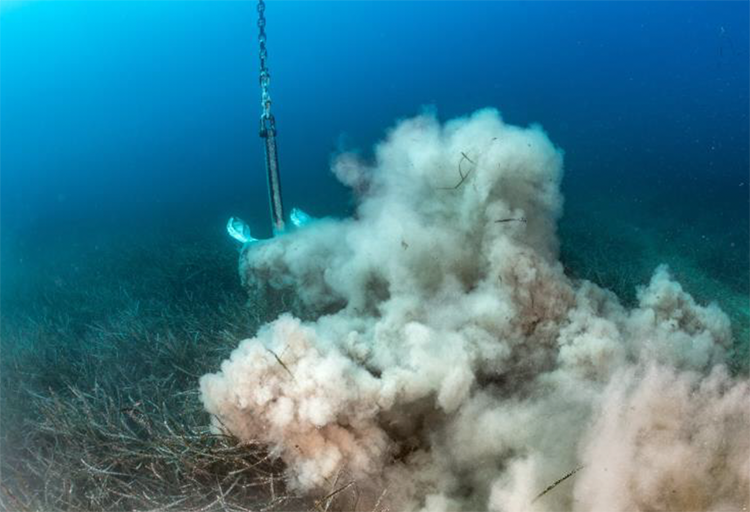QUANTIFYING THE IMPACT OF SMALL BOATS ON POSIDONIA SEAGRASS MEADOWS: METHODS AND PATH FOR FUTURE EFFICIENT MANAGEMENT OF ANCHORING PRESSURE.
Bockel T., Bossut N., Mouquet N., Mouillot D. & Deter J. (2024).
Ocean and Coastal Management 259, DOI:10.1016/j.ocecoaman.2024.107454
Key message : Here, we characterize the pressure and the impact of boats anchoring on Posidonia oceanica seagrass beds through the proxy of three landscape indices and compare anchoring surveillance methods. We show that small boats also have an impact on P. oceanica when anchoring. AIS (Automatic identification System) and low resolution satellite imagery are poorly adapted to detect small boat anchoring. High resolution satellite imagery is a very efficient tool suitable even for small boats detection, but is for now limited to targeted surveys due to its high costs. We propose an automatic detection/localization tool adapted to multisource imagery and test it successfully on a case study in Corsica (France). Overall our study provides key quantified elements for the design of future efficient surveillance and management of anchoring pressure.
